Known for Expanding universe Resting place Flagstaff | ||
 | ||
Relatives Earl C. Slipher (brother) | ||
Teach Astronomy - Discovery of Galaxy Redshifts
Vesto Melvin Slipher (; November 11, 1875 – November 8, 1969) was an American astronomer who performed the first measurements of radial velocities for galaxies, providing the empirical basis for the expansion of the universe.
Contents
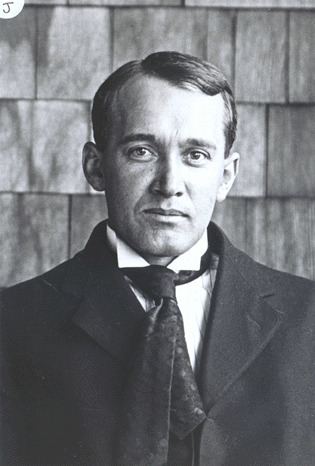
DOWNSCOPE - Vesto Slipher
Biography
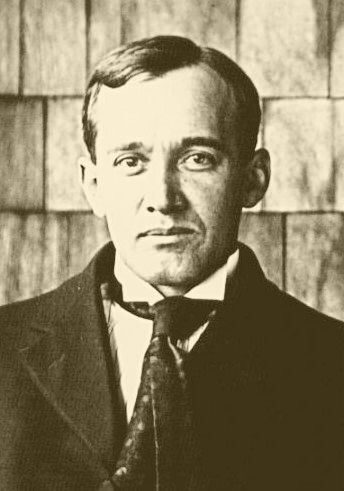
Slipher was born in Mulberry, Indiana, and completed his doctorate at Indiana University in 1909. He spent his entire career at Lowell Observatory in Flagstaff, Arizona, where he was promoted to assistant director in 1915, acting director from 1916, and finally director from 1926 until his retirement in 1952.
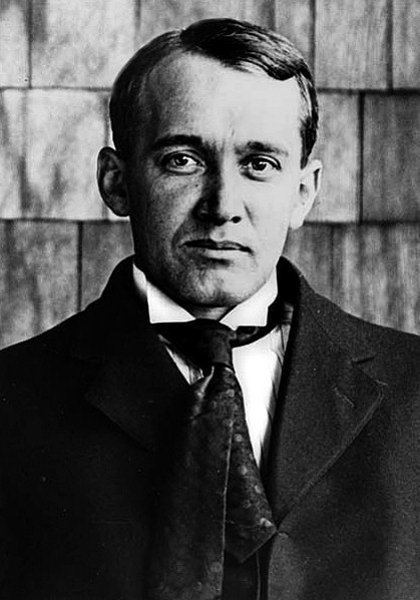
His brother Earl C. Slipher was also an astronomer and a director at the Lowell Observatory.

Slipher used spectroscopy to investigate the rotation periods of planets and the composition of planetary atmospheres. In 1912, he was the first to observe the shift of spectral lines of galaxies, making him the discoverer of galactic redshifts. In 1914, Slipher also made the first discovery of the rotation of spiral galaxies. He discovered the sodium layer in 1929. He was responsible for hiring Clyde Tombaugh and supervised the work that led to the discovery of Pluto in 1930.
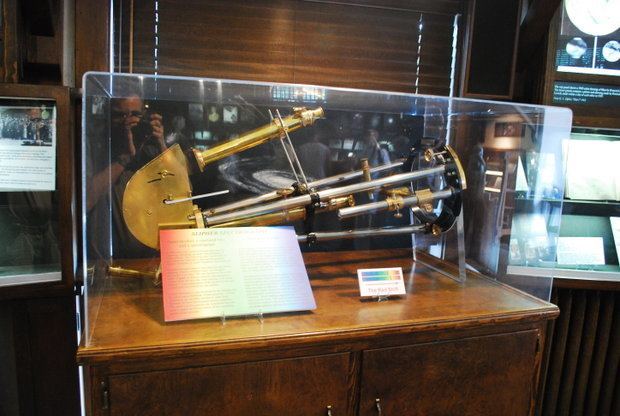
Edwin Hubble is often incorrectly credited with discovering the redshift of galaxies; these measurements and their significance were understood before 1917 by James Edward Keeler (Lick & Allegheny), Vesto Melvin Slipher (Lowell), and William Wallace Campbell (Lick) at other observatories.
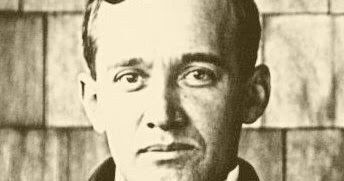
Combining his own measurements of galaxy distances with Vesto Slipher's measurements of the redshifts associated with the galaxies, Hubble and Milton Humason discovered a rough proportionality of the objects' distances with their redshifts. This redshift-distance correlation, nowadays termed Hubble's law, was formulated by Hubble and Humason in 1929 and became the basis for the modern model of the expanding universe.
Slipher died in Flagstaff, Arizona and is buried there in Citizens Cemetery.
